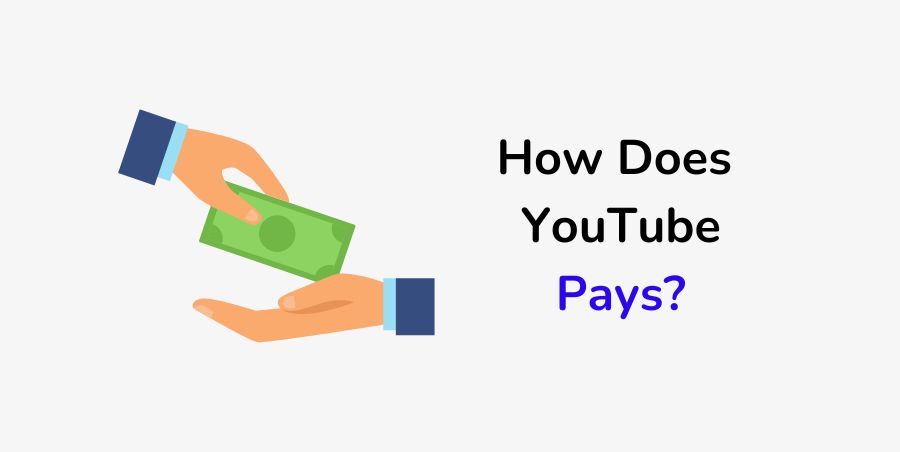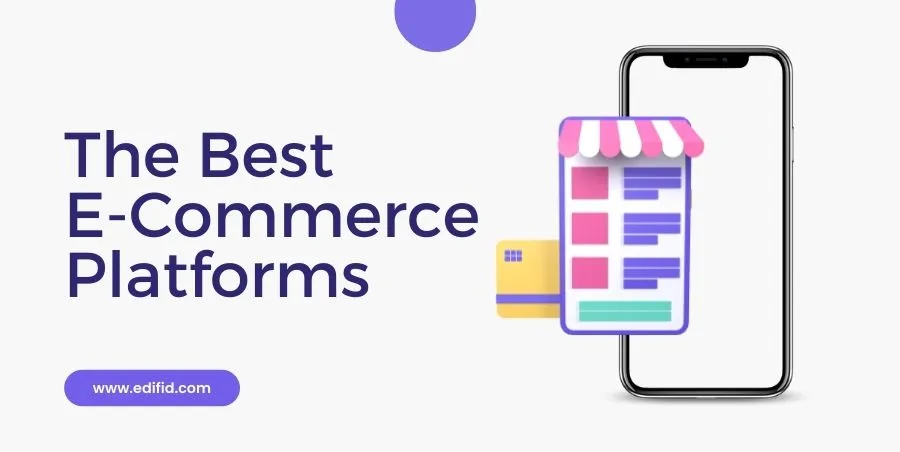Digital marketing, commonly known as ‘online,’ ‘internet,’ or ‘web marketing,’ involves creating and distributing content — articles or blogs, eBooks, courses — through media like webpages, landing pages, and social media and mobile applications.
It is a means through which such content is promoted through a range of strategies, some of which are free (owned) while others are paid. And commonly used strategies include SEO, pay-per-click, content, email, text, and social media marketing.
Why is it Important? With the current technological advancement and internet usage, most customers are found online. And therefore, digitalizing marketing campaigns help businesses define goals, identify the target audience and develop a plan to reach them.
Therefore, a business that develops and executes a digital marketing strategy is more competitive than one stuck with traditional marketing. For instance, in the recent past, we’ve seen businesses emerge on social platforms like TikTok.
So, how does digital marketing work?
Disclosure: This content is reader-supported, which means if you click on some of our links, we may earn a commission, but the price on your end remains the same.
How does Digital Marketing Work?
There isn’t a precise approach that a marketing campaign should take. As a marketer, you have a wide range of options. But you may want to follow these five steps for better results:
i). Set Marketing Goals
Before starting any marketing campaign, you’ll need to set your goals. And the good thing with setting specific objectives is that you can tailor your strategy and budget to maximize the outcome.
For instance, do you want more followers on social media? Is it the organic reach you’re looking for? New customers? Reach existing customers and boost retention rate? Or is it to build brand awareness? Ensure your goal(s) is well defined and set your desired outcome.
ii). Identify the Target Audience
You need as many details as possible regarding your target audience, whose attention you’re trying to get. For instance, where do they live (location), and which media channels do they use the most? What’s their disposable income?
If you manage to access valuable information about your target audience, you’ll surely design a better marketing strategy to reach and engage them.
iii). Select Marketing Channels
Having identified the target audience, selecting a marketing strategy becomes more manageable. Using more than one approach is possible based on the media you believe your audience uses.
For instance, if you’re a B2C marketer, you may want to pay for social media ads to reach customers.
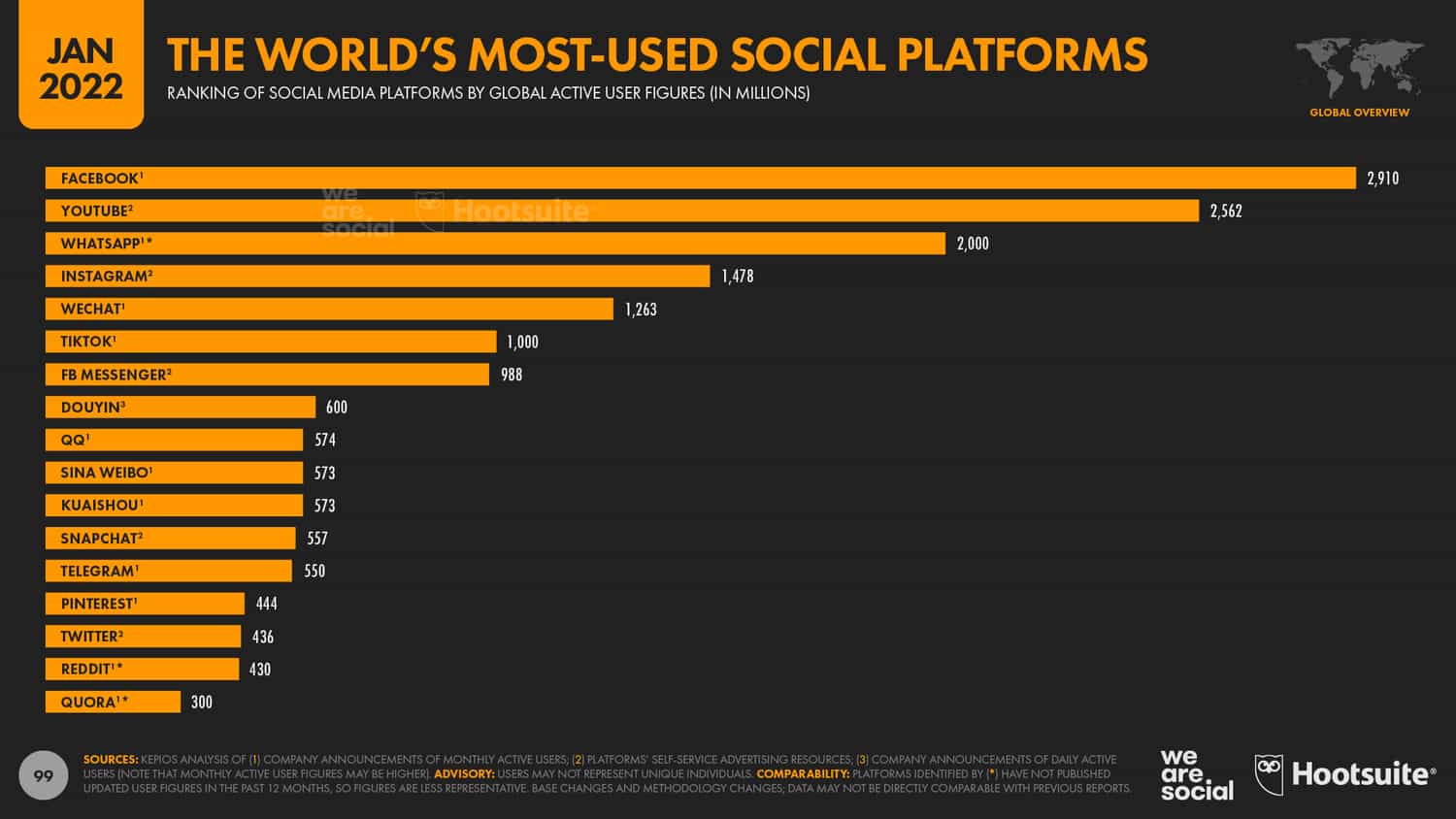
According to global social media stats, the most used social platforms as of January 2022 include Facebook, YouTube, WhatsApp, Instagram, WeChat, and TikTok.
As a b2c marketer, you may target your audience on these platforms, depending on their age and location. More so, it’s relevant to review your competitors’ marketing strategies and see where they’re getting most of their customers from.
iv). Optimize your Content
You’ve already collected data regarding your target audience. So, go ahead and create content specifically tailored to their interests.
For example, if most of your audience browses on tablets rather than computers, ensure your content is optimized for tablet and mobile viewing. And then launch your marketing strategies.
v). Measure Performance
Did the marketing campaign meet the set goals? Why or why not? You’ll have to carefully consider whether the marketing strategies adopted were as appropriate as you thought, so monitor the results against key metrics.
Then, replicate the strategies that worked and correct or eliminate those that failed to deliver desirable outcomes. And the good thing with internet marketing is that you can measure or trace performance.
Types of Digital Marketing Strategies
Wait, have you heard of cross-channel or omnichannel marketing?
Businesses can connect to their target audience or customers using different digital marketing channels like email, SMS, mobile apps, and social media. For example, you can adopt at least three of the following most used marketing approaches:
i). Content Marketing
So, what is content marketing? And is it my favourite strategy?
Well, it’s an approach marketers use to attract, engage and retain an audience through sharing relevant articles or blogs, videos, podcasts, press releases, commercials, and newsletters.

It aims to establish expertise and promote brand awareness so that people will remember your brand when they want to buy what you sell. However, your content must meet the target audience’s intentions and interests to drive engagement and conversions.
So, if you offer digital services, don’t share content on how to be a musician. But if you want to target music artists, you may share a blog or video on “how to market your music brand online.”
You may consider starting a blog or creating a YouTube channel to engage with your target audience and understand their interests. And these two articles will guide you from start to finish and even show you how to make money, especially through affiliate marketing.
ii). Search Engine Optimization (SEO)
SEO refers to optimizing website content (blogs, landing pages) to rank on search results and attract more organic traffic (visitors) to your content.
A good SEO strategy focuses on keyword research and optimizes the pages to rank for those keywords and phrases.
Secret – if you want first and better results, target long tail keywords (have at least three phrases). For instance, instead of targeting ‘Marketing,’ it’s more effective to target a phrase like ‘Types of Digital Marketing Strategies.‘
But why should you use long-tail keywords? Check out this:
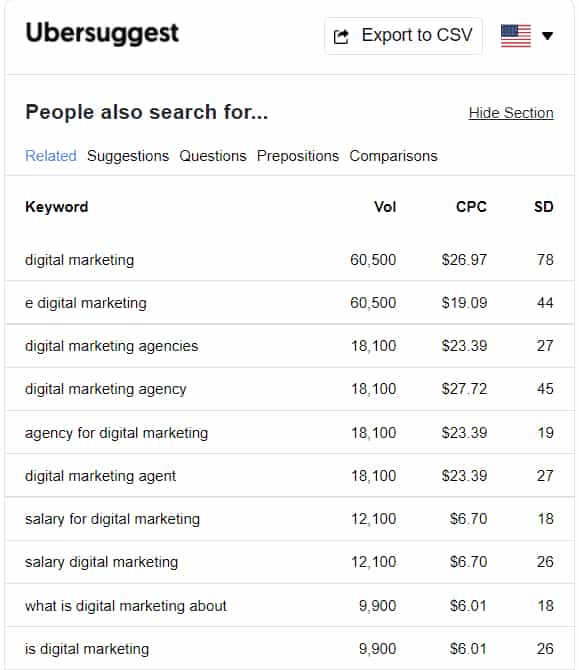
As seen above, ‘digital marketing‘ has a higher SD (competition) than a long-tail keyword like ‘what is digital marketing about.’ Therefore, you’d need fewer backlinks to rank for a ‘short keyword’ than a ‘long keyword or key phrase, keeping all the other ranking factors content.
And there are three primary types of SEO: on-page SEO, off-page SEO, and technical SEO, which eliminates factors hindering organic traffic like broken internal and outbound links.
However, there are other types of SEO, such as WordPress SEO (specifically designed for WordPress users like the Yoast plugin) and YouTube SEO (ranking videos on YouTube). Now, as much as you need content for your website and web pages to rank, you need backlinks.
iii). Pay-per-Click (PPC)
Pay-per-click involves paying for each click on a specific link. For instance, Google offers PPC opportunities – check out these ads:
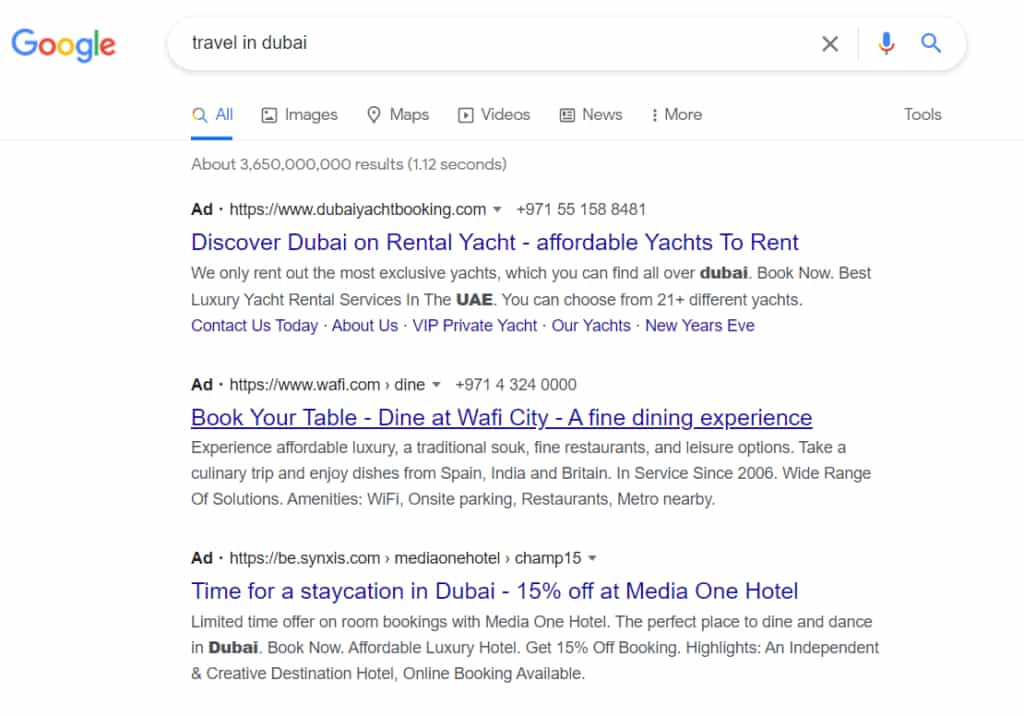
The above ads on Google search results are intended for people considering traveling to Dubai. And each time you click on it, the advertiser pays a specific rate, depending on their business category. Social media platforms like Facebook, YouTube, and Instagram also offer PPC opportunities.
iv). Social Media Marketing (SMM)
Social media usage has increased significantly over the recent past, mainly due to increased access to smartphones and the internet.
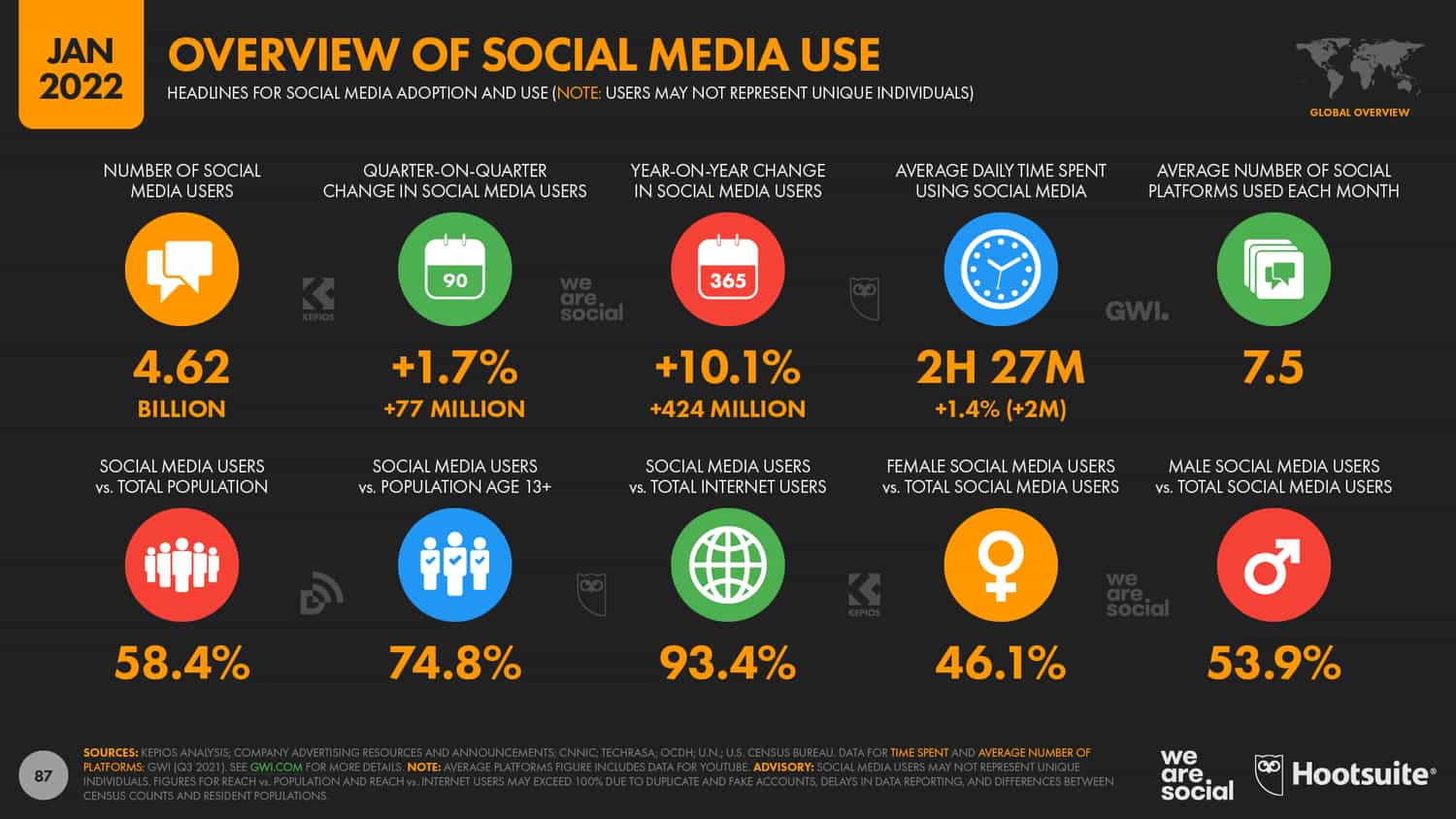
The global social media stats in January 2022 revealed over 4.62 billion users globally. And therefore, marketing on these platforms is a sure way of connecting with existing customers, potential customers, and brand partners.
The choice of your social media platform depends on your target audience. For instance, while most b2c marketers use Facebook and Instagram, b2b markets could use Twitter and Linkedin. Include TikTok and Instagram in your marketing plan to target Millennials and Gen Z customers.
Bottom line, you need to find where your target audience spends their time most and create amazing content they are interested in.
v). Mobile or Phone Marketing
This digital marketing strategy aims to reach the target audience on smartphones, tablets, and other mobile devices. For instance, through mobile-optimized ads, mobile apps, and push notifications.
Ensure your website is mobile-optimized so customers can easily access your products or services over their phones. However, for it to be effective, you’d want to make sure you’re targeting the right audience at the right time.
iv). Email Marketing

Email marketing is one of the oldest yet relevant digital marketing approaches b2b and b2c marketers use.
With this strategy, you collect customers’ data and preferences across different touchpoints, like sidebar and footnote, and ask their permission to be added to your email list(s). You could also offer free materials like online courses and eBooks in exchange for contact details.
And the content of the emails could include business information or updates, offers, new products and services, or a newly published article. Ensure your content meets the intended purpose and is directly to the point.
Your emails must be relevant; otherwise, you may be reported as spam or deleted immediately. Also, you must balance between sending too many annoying emails and not sending enough.
viii). Affiliate Marketing
Tech or e-commerce companies like Amazon and Jumia use affiliate programs to market their products and services. And is one of the favorite ways bloggers make money online.
For instance, if you enter into the Fiverr affiliate program, you market any of their services, and if someone buys a product through your link, you’ll get a commission.

One advantage of this approach is its performance-based nature, where you pay the advertiser based on their ability to drive traffic and sales to your landing pages. Some affiliates programs pay per click, while others pay per sale. So, be sure to check the terms before applying.
Pros and Cons of Digital Marketing
Digital marketing has a range of advantages and disadvantages, some of which include;
Advantages
- Brand development – helps businesses reach a larger audience across geographical boundaries.
- Personalization – businesses manage to find target audiences and offer them precisely what they’re looking for excitingly.
- High engagement – digital marketing allows businesses to hold the customers’ attention and build brand trust and loyalty.
- Cheaper – companies spend less on online marketing than on traditional marketing campaigns like personal selling. Strategies like SEO are completely free – unless you have to hire an expert.
- Measurability – internet marketing outcomes can be gauged against key metrics to know which approaches brought traffic and conversions.
Disadvantages
- Extreme competition – one dark side of digital marketing is that competition has grown many folds recently. Therefore, it’s hard to grab attention and create an impact on the preferred audience.
- Reliance on Technology – unfortunately, this type of marketing is wholly dependent on technology, and the internet is prone to errors. For instance, sometimes, links may be broken, and landing pages fail to load.
- Time-Consuming – online marketing campaigns take time to yield results. For instance, understanding what the customers are interested in could take months or even years.
- Security and Privacy Concerns – as a digital marketer, one has to be skeptical and secure the network connections using encryption tools and firewalls. Some users also prefer ad-free browsing, and others even use ad blockers. Such measures limit businesses from reaching the target audience.
Conclusion
With the current technological advancement and increased accessibility and usage of smartphones and the internet, brands can’t run away from digital marketing. And since the future is digital, we only expect more surprises in the near future.
The most common types of internet marketing strategies include:
- Content marketing
- SEO (search engine optimization)
- Pay-per-Click (PPC)
- Social media marketing (SMM)
- Mobile or phone marketing
- Email marketing
- Affiliate marketing
You’ll usually find yourself using a couple of these strategies. For instance, you could write and market a few articles through SEO, email, phone, social, and PPC marketing. Contact me if you have a website, service, or product you’d love to market online.
So, do you understand what digital marketing is about now?
If you find the information resourceful, you can subscribe to our YouTube Channel and follow us on Facebook and Twitter for more updates and amazing content.
